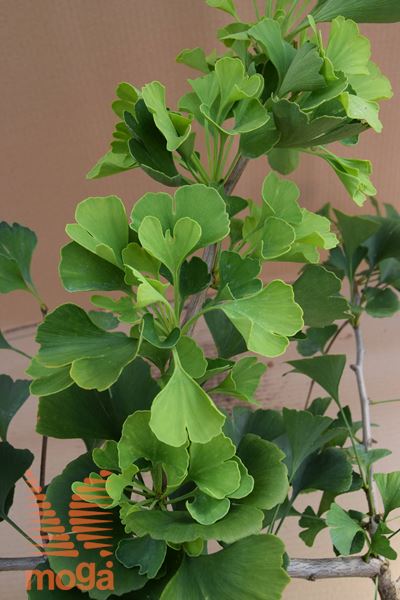Ginkgo biloba "Sport Horizontalis"
dvokrpi ginko "Sport Horizontalis"
dvokrpi ginkovec "Sport Horizontalis"
-
These plants grow well in sun or in partial shade. Usually they tolerate more sun and heat if given enough moisture; in partial or light shade they need less moisture.
-
Conifers have woody stems (i. e. tree trunk and branches) and are also called woody plants or trees. Their leaves are transformed into needles or scales, usually being hard and leathery.
-
The plant develops new leaves or needles every spring, which dropp off in autumn. Herbaceous plants can die completely in above ground section and grow back in the spring.
-
Plant can in otherwise appropriate environment survive cold down to - 23 °C.
-
Porous or dry soils are normally light and loose, there is no stagnant water but relatively quickly flows in deeper layers; such ground are more airy and warmer, yet drier and usually contain less humus and for such undergrowth it is often to for drought to appear (e. g. rockgardens, walls, by paths and roads, on gravel, also on gravel surface in towns and close to buildings ...), plants of such undergrowth need well-drained soil, they tolerate drought but cannot tolerate constant moisture or even flooding.
-
Woody plant, normally with a remarkable tree trunk and a tree top. May have several stems - multistemmed tree. The tree top may be of different shapes, dense or thin, symetric or uneven. Most trees reach a height of more than 3 metres.
-
Variegated leaves show patterns of different colours, mostly white or yellow pattern on green base. Patterns can appear in forms of stripes, dots, patches, trims, uneven shapes, or colour is splashed over leaf surface; different colour patterns may have sharp borderlines or change softly one to another. Colour intensivity and needle/leaves patterns formation on certain plant may vary greatly according to general plant health and condition, age, maintanance (trimming and care); other factors such as weather, microclimate, sun or shade, presence of plant nutrients and water may also affect greatly on leaf colour. Colouring and patterns on leaves may be affected - changed - by the age of certain leaf or twig and through seasons.
- Leaves or needles of many deciduos plants change colour in autumn before falling mostly to yellow, orange and red shades. Distinctive autumn red or similar colouration may also appear in some evergreen plants, which leaves/needels do not fall off in autumn. Autumn coloration depends on general condition of a plant, maintanance, weather and site. Usually leaves colour more intensely if dry autumn and if differences between day and night temperatures are greater, as well as on dry, sandy soils with less nitrogen. Among grown ornamental plants there are numerous varieties with especially intense or diverse autumn colour than by the basic species.

MOGA d.o.o.
Družba za urejanje okolja
Zemljičeva ulica 21
2000 Maribor
Slovenia
Company headquarters and provision of services:
+386 (0)2 4716310
[email protected]
Garden centre
+386 (0)2 4716313
[email protected]




















